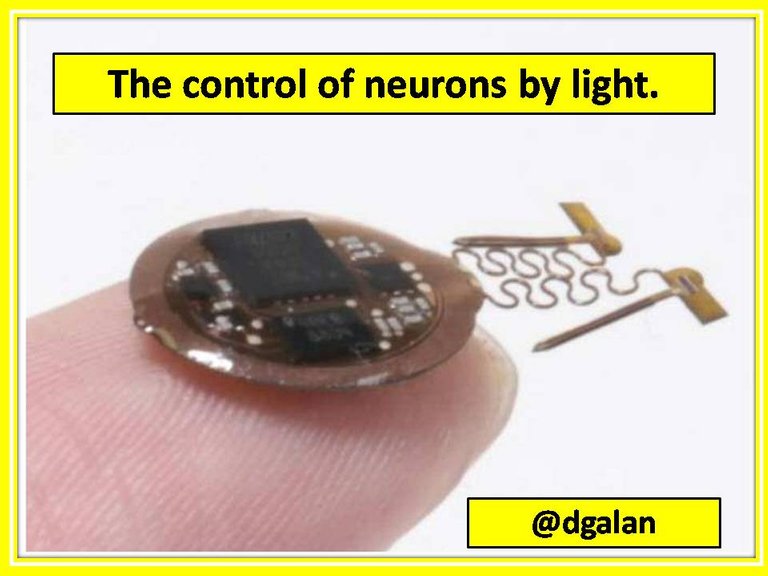A "wireless control" to activate behavior in animals
Written by:Diomer Antonio Galán Rincón.
Bachelor's Degree.Public Accounting / MSc.Science of Higher Education.

Since science is science we can say that it is a set of rational, certain and probable knowledge, which is based on observation, identification, description, experimental research and theoretical explanation of phenomena applied to an object of research or study.
It is worth mentioning that at the University of the Northwest in the United States, a study was carried out with the participation of a group of neurobiologists and engineers who programmed mice wirelessly to carry out instructions given by them remotely and, in turn, these mice were able to socialize with other mice in a natural way and in real time, subsequently reversing the instructions or programming indicated. The success was based on implanting a tiny wireless device, without batteries, using sunlight to activate the neurons in a way that generates the responses in the animal, such as the behavior desired by the scientists.
This scientific breakthrough is the result of a great deal of time and dedication on the part of neurobiologists Yevgenia Kozorovitskiy and John A. Rogers, a pioneer in bioelectronics, both from Northwestern University.
This study is the first in optogenetics (the control of neurons by light) to explore social interactions within groups of animals, which was previously impossible with conventional technologies.
The novelty of this implant is that it is thin, wireless and very flexible, allowing the mouse to act naturally without difficulty and to be, in the eyes of its fellow animals, a rodent that looks just like any other. Unlike previous research that required fiber-optic cables, it has no wires, allowing mice with the implant to enjoy full mobility and movement in all kinds of environments.
The device that Rogers and his colleagues have developed is placed on the outer surface of the skull, under the skin with very small dimensions of half a millimeter thick, is connected to a thin, flexible filamentous probe with LEDs at the tip, which extend into the brain through a tiny cranial canal.
Importantly, it uses the same technology that smartphones have for electronic payments, and takes advantage of near-field communication protocols. The scientists operate the light wirelessly in real time with a user interface on a computer. In addition, an antenna is placed around the animal enclosure that provides power to the wireless device, eliminating the need for a large, heavy battery.
I hope you like my article and I would appreciate all your comments.
bibliography consulted:

0
0
0.000
Your content has been voted as a part of Encouragement program. Keep up the good work!
Use Ecency daily to boost your growth on platform!
Support Ecency
Vote for Proposal
Delegate HP and earn more
thanks for your support
Congratulations @dgalan! You have completed the following achievement on the Hive blockchain and have been rewarded with new badge(s) :
Your next target is to reach 4250 upvotes.
You can view your badges on your board and compare yourself to others in the Ranking
If you no longer want to receive notifications, reply to this comment with the word
STOPCheck out the last post from @hivebuzz:
Support the HiveBuzz project. Vote for our proposal!